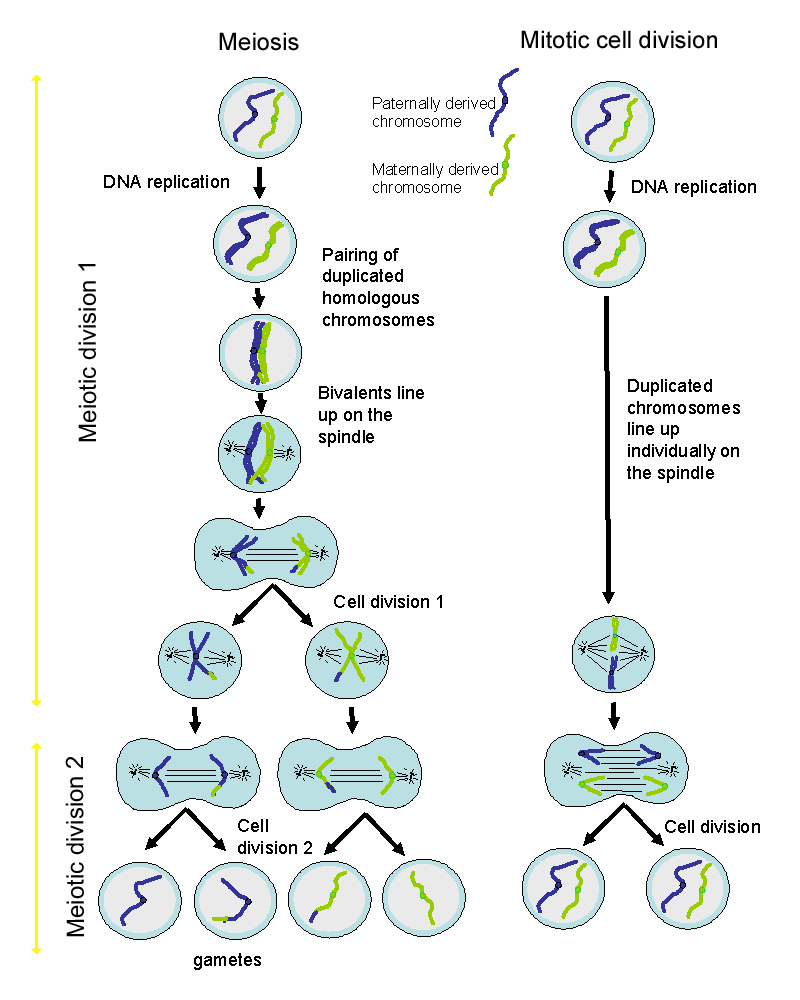
Mitosis And Meiosis
Mitosis and Meiosis. Hi, and welcome to this video on cell replication, otherwise known as mitosis or meiosis. First, let’s start with mitosis. The primary events that occur during mitosis are interphase (the cell prepares for division by replicating its genetic and cytoplasmic material).
. G1 phase: The period prior to the synthesis of.
In this phase, the cell increases in mass in preparation for cell division. The G1 phase is the first gap phase. S phase: The period during which. In most cells, there is a narrow window of time during which DNA is synthesized. The S stands for synthesis. G2 phase: The period after DNA synthesis has occurred but prior to the start of prophase. The cell synthesizes proteins and continues to increase in size.
The G2 phase is the second gap phase. In the latter part of interphase, the cell still has nucleoli present. The nucleus is bounded by a nuclear envelope and the cell's chromosomes have duplicated but are in the form of. The nuclear membrane disappears completely. Polar fibers (microtubules that make up the spindle fibers) continue to extend from the poles to the center of the cell. Chromosomes move randomly until they attach (at their kinetochores) to polar fibers from both sides of their centromeres. Chromosomes align at the metaphase plate at right angles to the spindle poles.
Chromosomes are held at the metaphase plate by the equal forces of the polar fibers pushing on the centromeres of the chromosomes. The paired centromeres in each distinct chromosome begin to move apart.. Once the paired sister chromatids separate from one another, each is considered a 'full' chromosome. Gorogoa switch metacritic. They are referred to as..

Through the spindle apparatus, the daughter chromosomes move to the poles at opposite ends of the cell.. The daughter chromosomes migrate centromere first and the kinetochore fibers become shorter as the chromosomes near a pole.. In preparation for telophase, the two cell poles also move further apart during the course of anaphase. At the end of anaphase, each pole contains a complete compilation of chromosomes.